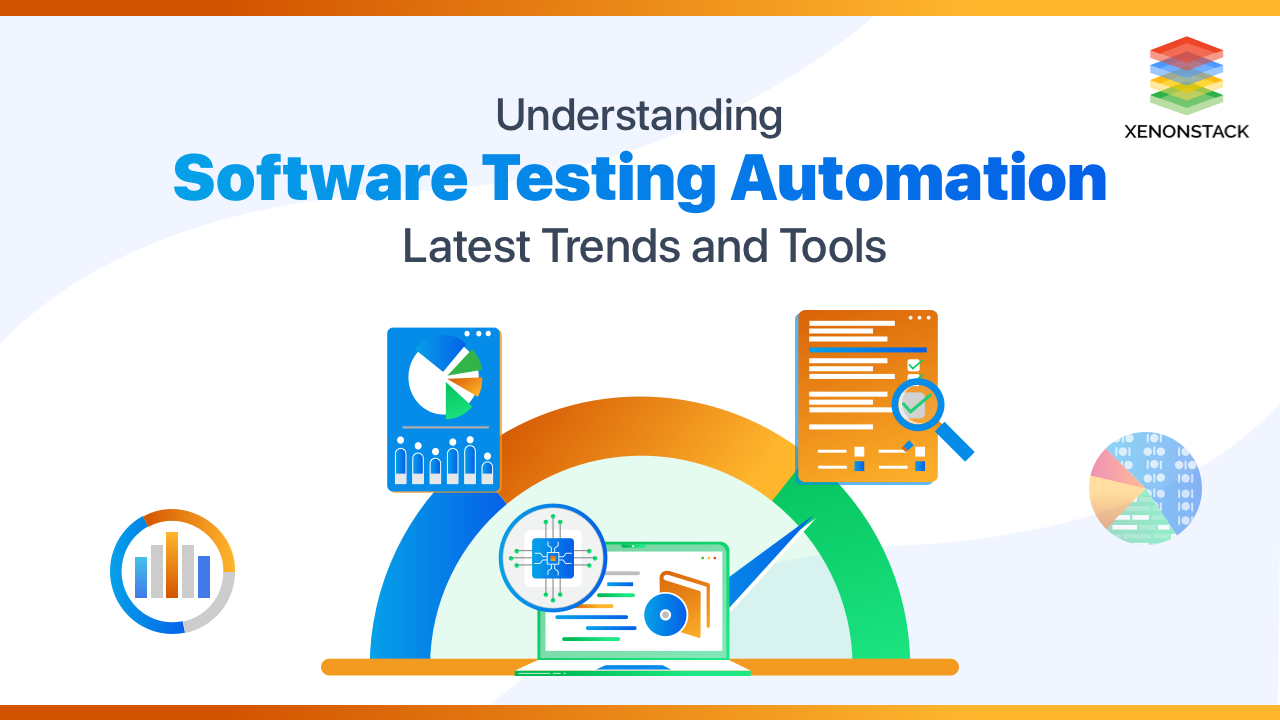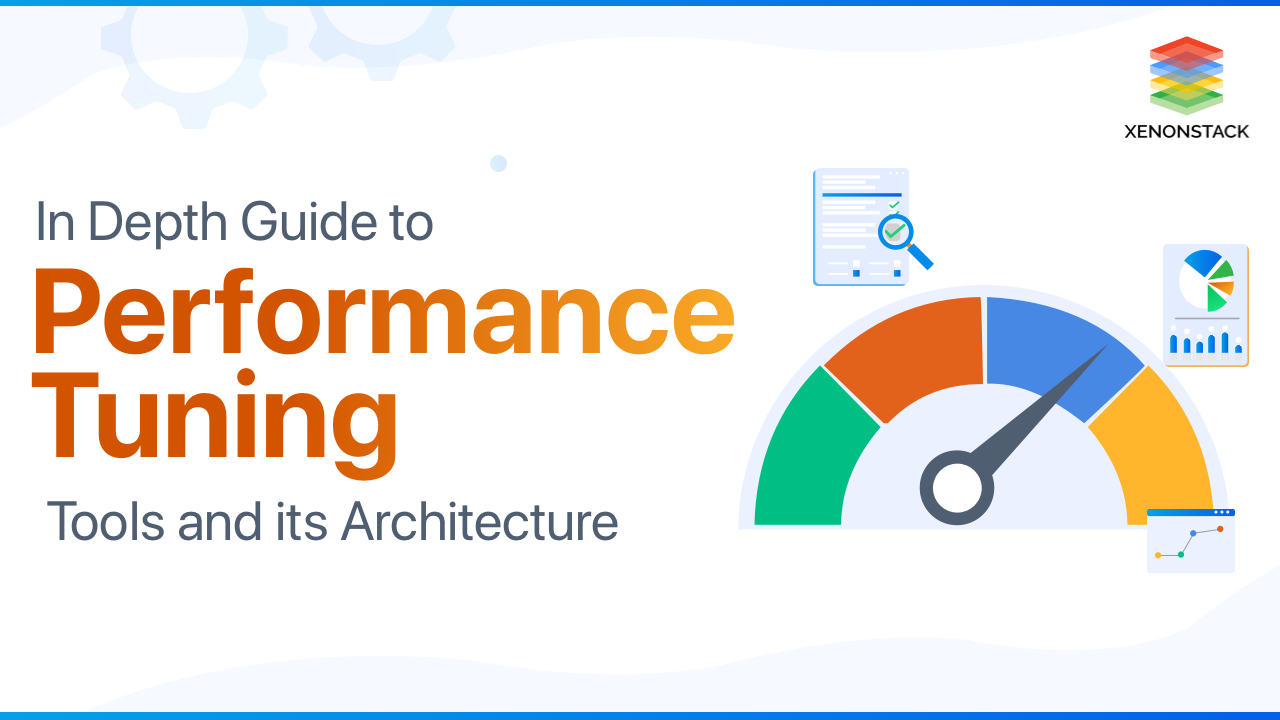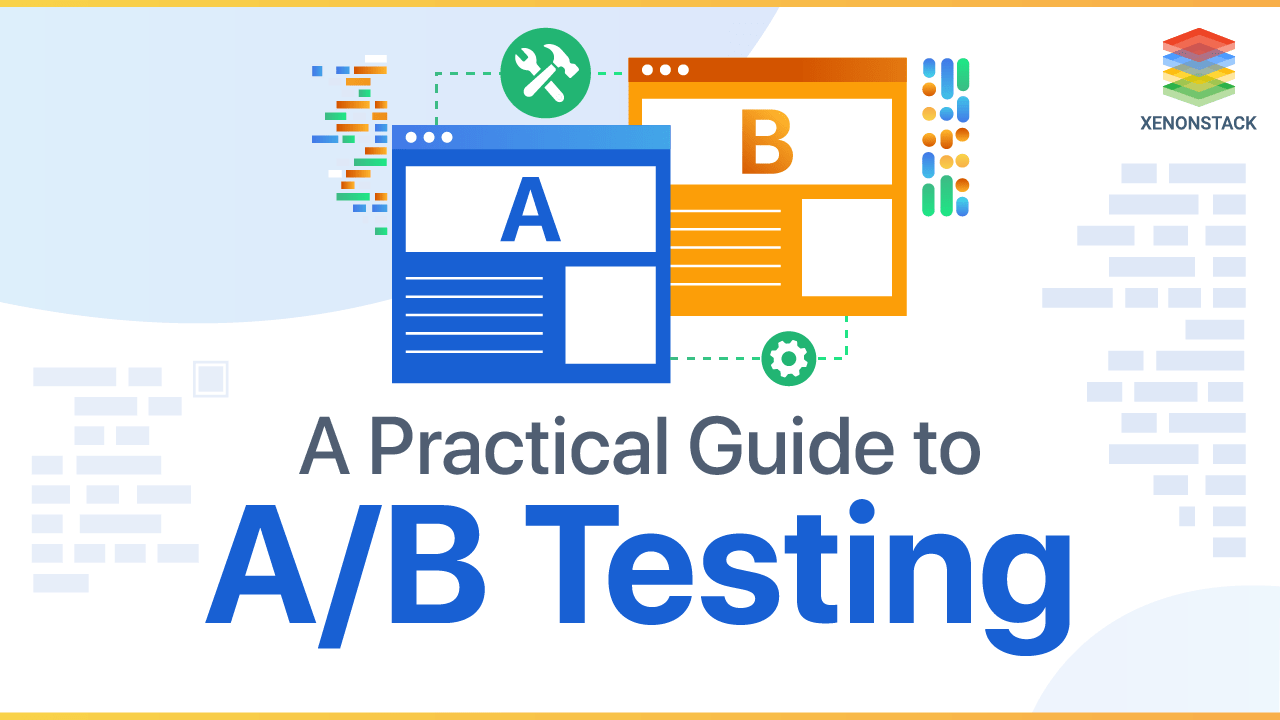
What is Software as a Service (SaaS)?
Software as a Service allows users to connect and use Cloud-Based apps over the Internet. Typical examples are calendaring, email, and office to Microsoft Office 365). SaaS provides a complete software solution which purchases on a pay-as-go basis from a Cloud service provider. Rent the use of an app for the organization and users connect to it over the Internet, usually with a web browser.
The procedure of evaluating the wellness of models performance against the real data. Click to explore about, Software Testing Best Practices
What is SaaS Testing?
SaaS testing defined as the method of assuring the quality of the software by undergoing different validation activities. These involve testing security, performance, scalability, data integration, reliability, etc. Cisco Web Ex, Google Apps, are some well-known examples of SaaS applications which are easily accessible on the internet. SaaS application testing creates some unique opportunities and challenges for testers.What to test in SaaS Applications?
- Black box and White box testing as a part of Component testing.
- Perform exploratory testing on new test cases.
- Test the security threats, network security, integrity, and accessibility as a part of the security and infrastructure testing.
- Functional testing to check whether the application is working as per the requirements system with others.
- Ensure the quality of the connectivity of SaaS as well as testing the user interface concerning portability and compatibility.
- Integration testing is performed to verify the integration of the SaaS.
- Every SaaS application must be able to function seamlessly in all different environments and platforms so that users from all backgrounds can use them.
- Any upgradation, Data Migration, and release in an application requires Regression testing
- Reliability testing performed to reduce the risk of failure at Real-Time deployment.
- API testing is performed to ensure security, completeness, functionality, and performance of documentation
- Compatibility of the application tested when accessed on different browsers by the number of people
- As SaaS applications are expected to have a heavy performance, load, and scalability testing required which verifies the behaviour of the application at peak loads, in multiple environments
- Whenever old features are updated or new features added, Continuous upgrade testing required for SaaS applications.
- Customer queries, billing, and payment are taken care of as a part of Operational testing.
Software testing is imperative to identify bugs and errors during software development and increase the quality of the product. Click to explore about, Test Driven Development
How Software as a Service Works?
Certain things don’t have to be tested with SaaS applications because they don’t exist -- Installation on a client or server
- Support for multiple versions
- Support for different platforms and backends
- How the application performs concerning its security?
- How the application performs concerning its adherence to a specific set of industry standards?
- How the application performs concerning stated service level agreements that are required by clients?
- Identification of the automated testing tools that support the required testing.
- A well-defined scope for elements tested.
- Processes for handling failed automated test cases.
- Depth of testing that will occur for each component.
- Methods for managing the test cases in general.
As well as techniques for controlling the feedback and identification of QA resources to carry out the various task required for the entire Quality Assurance or SaaS Testing function within the organization.
Software-Defined Data Center provides a better way for management and scaling data center despite its size. Click to explore about, Software-Defined Data Center
What are the benefits of SaaS Testing?
The benefits of Software as a Service testing are listed below:
Reliability in a shared database
A user’s experience is tied closely to the environment and the behaviour of organization with on-premise software. With the SaaS model, the experience could be affected by people on the other side of the world. QA must recreate maximum-use scenarios to conduct endurance testing and stress testing.Validate the ability to scale
Performance testing not only validate the reliability of the application for the existing user base, but it also helps determine the platform’s ability to scale.Validate the Accessibility
All need is a browser and an internet connection to access a SaaS application. It is available on a wide range of devices making SaaS more accessible than the traditional business software installation.Business workflow tests
Every SaaS application tested for optimum handling of business workflows and other competent functionalities. Knowing different configurable and non-configurable aspects of the program would also help in getting the best out of applications.Why Software as a Service (SaaS) Matters?
Reason for adopting SaaS testing is below -- Pay per use.
- Improved reliability, scalability, and availability.
- Flexibility in resource scaling and pricing.
- Reduction in the cost of software maintenance and deployment.
- SaaS applications update and upgrade easily and become available to the customers.
- Fast deployment of the software with higher accessibility and Continuous upgrade testing in the case of addition of new tenants.
- Easy fault recovery.
Software testing is an important process that ensures customer satisfaction in the application. Click to explore about, AI in Software Testing
Why Software as a Service is important?
The importance of Software as a Service are listed below:
Agile Methodology
SaaS firms have such stringent time to market pressures, so they are forced to choose an Agile methodology. QA have to turbo charge their productivity, to ascertain good quality level With a release happening every month or less.Web Services and SOA
As SaaS software gets deployed behind the firewall, for most enterprise applications, there are substantial needs for data integration. Most SaaS products have a WS layer that enables to integrate with third parties. It is a blessing in disguise as it provides an easy interface for QA to test the critical business functionality through an easy to automate interface.Performance and Scalability Requirements
SaaS firms deploy software on their hardware. Poor performance exponentially increases the operational costs. QA teams validate the principles of multi-tenancy and test each release for scalability.Release Automation
Just like test automation, any agile methodology cannot survive without automated builds, releases, and deployments. QA teams have to understand and implement a continuous integration process that builds regularly and reports failures in an automated way.Test Automation
SaaS QA teams cannot survive without the significant level of automation. It includes proper unit testing, GUI automation, functional tests of key application interfaces, SOA interfaces and performance. Having a useful framework that extends itself to meet ongoing automation needs is critical.Software as a Service Security
As a SaaS company are taking ownership of the safekeeping of critical customer data both morally and legally. Any error with security can shut the company down. As a QA team, have to know and test for significant web exploits and plug them.What are the best practices of Software as a Service?
The best practices of SaaS testing are below -- Enhance SaaS testing efforts by observing many organizational patterns.
- Prepare appropriate test plan and test suite depending on the usage patterns of application.
- Check on the security concerns, especially at the time of integration and migration.
- Use a powerful hardware application to recognize performance and don’t forget to increase the number of concurrent users.
- The best way to incorporate is to adopt Agile methods as well as utilize as much as possible the automation testing tools.
- SaaS models get less time to perform testing methodologies as compared to traditional methods.
What are the best tools for Software as a Service (SaaS)?
SaaS Testing tool should employ automation tools to effectively handle the following quality assurance tasks: Unit testing, Performance testing, Functional testing of primary application interfaces and testing of SOA interfaces. Also, SaaS Testing may include the following elements - application’s performance concerning -- Adherence to specific industry standards.
- Stated service level agreements required by clients.
- Security.
PractiTest Overview
- PractiTest is designed to provide an end to end test solutions as well as allow users to control their development and testing processes.
- It is not only affordable and accessible to use but also flexible and methodological.
- It is already using a tracking/bug system, PractiTest integrates with existing systems and common automation tools. The organization can also use it to create integration using API.
- Apart from technical advantages, PractiTest strongest point is expert methodological human support, making a robust solution with continuous support and resources to improve the QA process and achieve results quickly.
qTest Overview
qTest is scalable and elegant test management solution with the following features and capabilities -- Can be implemented either as an On-Premise or On Demand hosted application or solution deployed locally in the data center.
- Free Trial and Easy to learn and use intuitive UI.
- Large enterprises can manage, coordinate, and track multiple testing projects, including teams across different locations.
- Small teams can easily organize the test activities and later scale up as they grow.
- Plan and organize testing activities according to the project schedule.
- Common repository to manage and store test case documentation.
- View and report a connection between requirements, test cases, test results, and defects.
- Collaborate with fellow team members via shared comments as well as instant notifications. Easily view project status, progress via dashboards, personalized queries, and reports.
Guide to QMetry
Qmetry helps in an end to end coverage of project progress as well as traceability. QMetry acts as an interface and links project requirements to its test cases and defects. Some of its features are as follows -- When requirements change from time to time, this tool provides much flexibility to use old test cases.
- Results and status of the test cases recorded at the time of test case execution.
- The execution page available to edit the test cases in Real -Time if required.
- It manages defects with a link.
- All previous logged issues to particular test cases easily found.
- It helps to avoid the repetition of duplicate defect logging.

Conclusion
The service provider manages the software and hardware and with the service agreement, will ensure the availability and security of the app and data as well. All of the underlying infrastructure, middleware, app software, and app data located in the service provider’s data center. SaaS allows the organization to get quickly up and running with an app at minimal upfront cost.
- Discover more about Rook Storage a Software Defined Storage
- Read more about Software Quality Management Techniques


